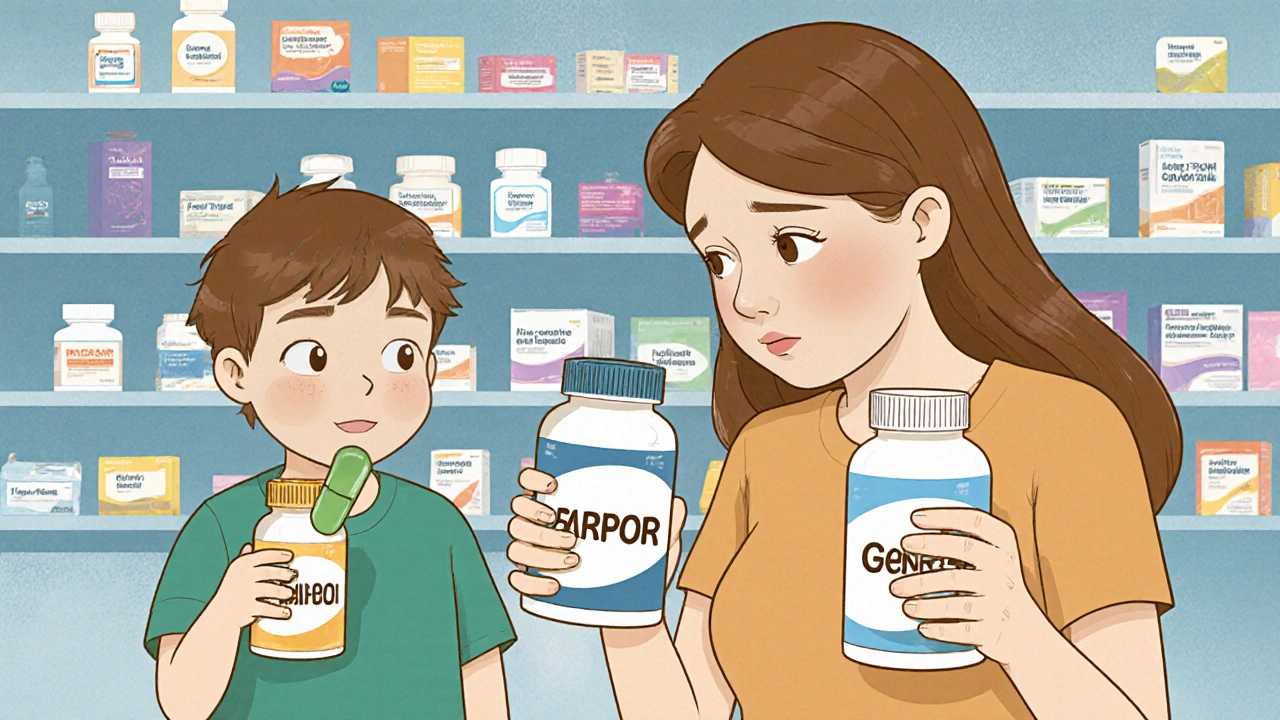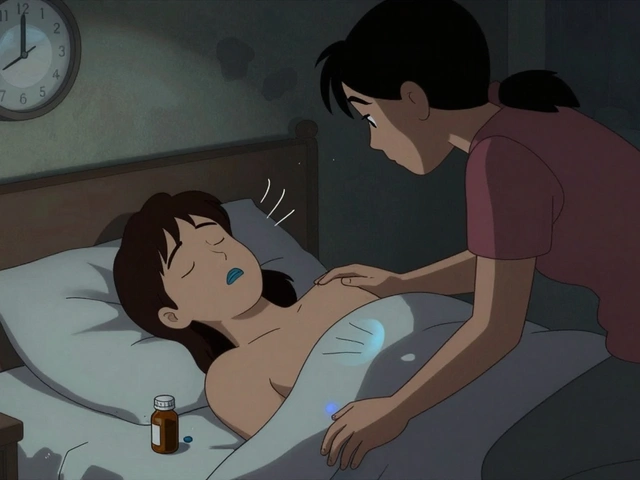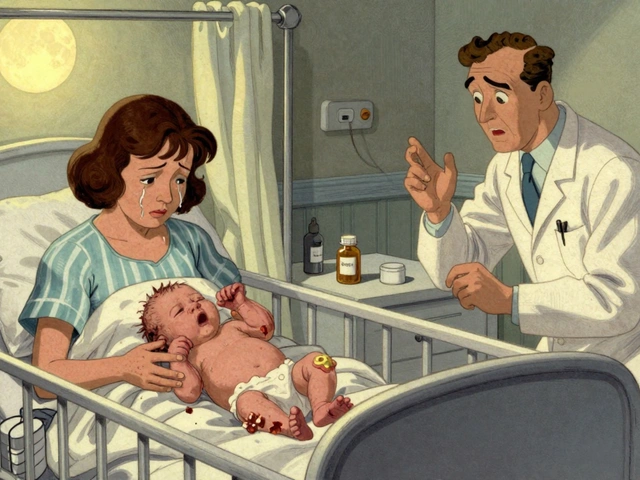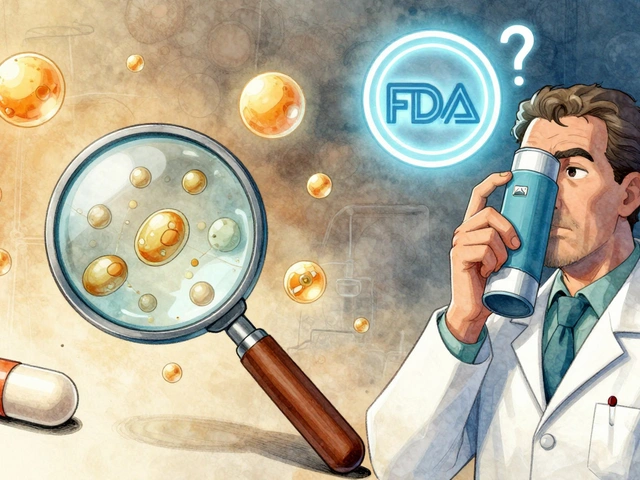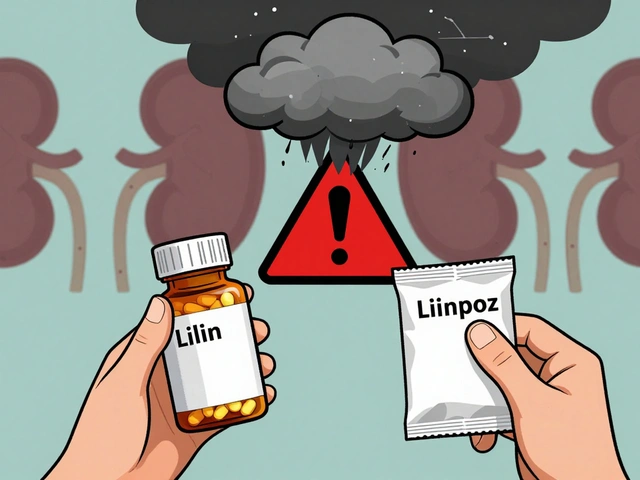Generic Drug Safety for Children
When you give your child a generic drug, a non-brand version of a medication that contains the same active ingredient as the name-brand version. Also known as generic medication, it works the same way but often costs far less. For parents, this sounds like a win—until you wonder if it’s truly safe for a growing body. The FDA requires generics to match brand-name drugs in strength, dosage, and how they’re absorbed. But that doesn’t mean every child reacts the same way.
Pediatric drug use, the practice of prescribing medications to children, which requires special considerations due to differences in metabolism, weight, and organ development. Kids aren’t small adults. Their livers and kidneys process drugs differently, and even tiny changes in inactive ingredients—like dyes, fillers, or preservatives—can trigger reactions in sensitive children. One parent might switch their child from brand-name amoxicillin to a generic version without issue. Another might notice a rash, upset stomach, or unusual sleepiness. That’s not always the drug’s fault—it’s often the fillers. And not all generic manufacturers use the same ones.
Drug interactions, when one medication changes how another works in the body, which can be especially risky for children on multiple prescriptions. Many kids take more than one drug—antibiotics, asthma inhalers, ADHD meds, or even over-the-counter cough syrups. A generic version of one drug might interact differently with another because of how it’s absorbed. For example, a generic version of a seizure medication might have slightly different release timing, leading to breakthrough seizures. That’s rare, but it happens. And when it does, parents are left confused: Was it the drug? The dose? Or something else?
That’s why knowing the difference between active and inactive ingredients matters. The active ingredient—say, amoxicillin or methylphenidate—is what treats the condition. But the inactive stuff? That’s what can cause allergies, digestive issues, or behavioral changes in kids who are sensitive. Some generics use cornstarch; others use lactose. One might have red dye #40; another doesn’t. If your child has a known allergy or sensitivity, you need to check the full ingredient list—not just the drug name.
And then there’s the issue of consistency. A generic drug made by one company today might come from a different factory next month. While the active ingredient stays the same, the manufacturing process can shift slightly. That’s why some parents report their child’s symptoms returning after a refill—even though the prescription didn’t change. It’s not placebo. It’s real variability.
What does this mean for you? Don’t assume all generics are equal. Talk to your pharmacist. Ask if the generic your child is getting has changed. Check the label. If your child has had a bad reaction before, stick with the same brand or manufacturer. And if you’re switching from brand to generic, watch closely for the first few days: changes in mood, appetite, sleep, or skin. Write it down. Bring it to the doctor.
There’s no one-size-fits-all answer when it comes to generic drug safety for children. But being informed gives you power. You’re not just a passive recipient of prescriptions—you’re your child’s best advocate. The posts below dig into real cases where generic switches caused issues, how to read labels like a pro, what to ask your pharmacist, and which medications carry the highest risk for kids. You’ll find stories from parents who’ve been there, data from pediatric studies, and clear steps to protect your child without overpaying.

